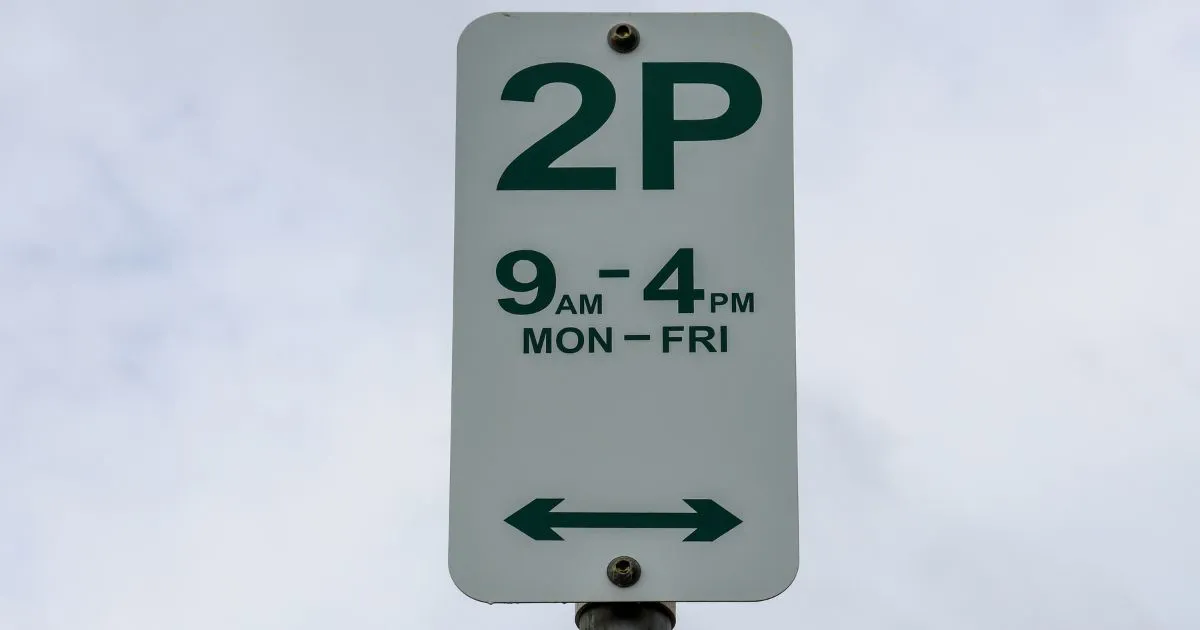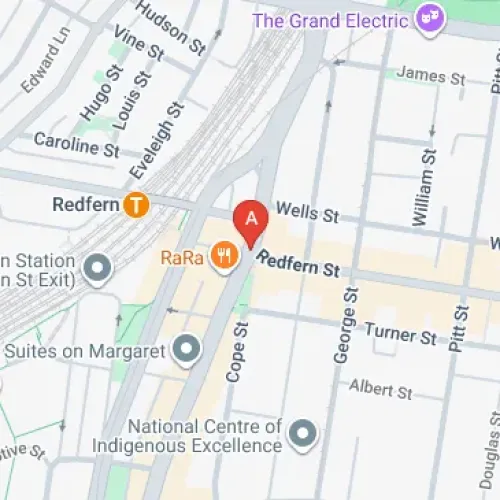Understanding 1P, 2P, and 3P Parking in Australia

Navigating parking regulations in Australian cities can be a daunting experience for both locals and visitors. With various signs, symbols, and restrictions to comprehend, understanding what 1P, 2P, and 3P mean on parking signs is crucial to avoid those dreaded parking fines. Whether you're searching for a convenient parking space in the CBD or trying to decipher restrictions in residential areas, knowing how to interpret these common parking signs will save you time, money, and frustration. According to recent data from the parking industry, Australians pay millions in parking fines annually, many of which could be avoided with better understanding of signage. This comprehensive guide will help you make sense of parking terminology, time restrictions, and special conditions that apply in car parks and street parking locations throughout Australia.
What Do 1P, 2P, and 3P Mean on Parking Signs?
In Australian parking terminology, the letter 'P' stands for 'Parking'. The number preceding the 'P' indicates the maximum duration you are permitted to park in that area. When you see a 1P sign, this means you can park for up to 1 hour. Similarly, 2P indicates a maximum parking time of 2 hours, while 3P allows for up to 3 hours of parking. These time limits are typically enforced during specific hours and days, which are usually indicated on the same parking sign. It's essential to read the entire sign carefully to understand the exact restrictions, as some areas may require payment (e.g., '2P meter' means you can park for up to 2 hours and must pay using the meter) or have additional conditions. According to the NSW Government transport regulations, time-limited parking allows you to park only on the days of the week and during the hours shown on the sign, after which you may receive a fine.

How to Read Parking Signs in Australia
Understanding Australian parking signs involves paying attention to multiple elements. The color of the sign provides your first clue - red signs indicate a 'No Stopping' zone, meaning you cannot park there at any time. Green signs, however, denote a parking zone where parking is allowed, though restrictions may apply. The arrows on signs specify which direction the rules apply to, so check carefully before assuming the sign applies to where you're planning to park. When a sign displays "Ticket", this means you need to pay for parking using either a meter, app, or ticket machine. Parking restrictions in Australian car parks can vary significantly between locations, so always take a moment to check the signage before leaving your vehicle. As noted by RACV, "it's imperative that you read and understand what rules currently apply to the parking area as per the sign, as not understanding a parking sign is rarely accepted as a reason for an infringement."
Common Parking Zones and Special Restrictions
Beyond the standard time-limited parking, Australia has several special parking zones with unique rules. Loading zones are reserved for commercial vehicles that need to load or unload goods, typically with strict time limitations. Bus zones are designated for buses only, and parking in these areas can result in substantial fines. Clearways improve traffic flow during busy periods, and you must not stop or park in these areas during the times shown. In busy commercial districts, you might encounter permit zones where only vehicles with appropriate permits can park. Special event parking areas are used near major sporting or entertainment venues, with specific restrictions during events. According to recent industry data, the Australian smart parking systems market reached $1.9 billion in 2025, with significant growth in technologies designed to manage these varied parking zones more efficiently.

The Evolution of Smart Parking in Australia
Australia is witnessing a rapid transformation in parking management through smart technologies. The parking services industry in Australia has grown significantly, reaching $1.9 billion in 2023. This growth is driving innovation in parking solutions. Smart parking systems now incorporate real-time monitoring, predictive analytics, and mobile applications that help drivers find available spaces quickly. These technologies reduce the time spent searching for available parking spots in busy shopping districts and improve overall traffic flow in urban centers. A recent parking industry report notes that the integration of intelligent systems in parking infrastructure is reshaping the urban landscape, and the Australia Smart Parking Systems market is a testament to this transformation. AI-powered cameras and data analytics are now being deployed to detect parking availability instantly, transmitting information to drivers via mobile apps and digital signage.
Tips for Avoiding Parking Fines in Australia
To avoid parking fines, always check the full details on parking signs, including the days and hours when restrictions apply. Don't assume that weekends or public holidays are exempt from restrictions unless specifically stated. Pay attention to the exact time limits - a 2P zone means exactly 2 hours, not 2 hours and 10 minutes. Consider using parking apps that send reminders when your time is about to expire. When using metered parking, ensure your ticket is clearly visible on your dashboard. Even without parking signs there are parking rules motorists must follow. It is illegal to park facing against the direction of traffic. Also, be aware that in areas without signage, you must still follow general parking rules, such as leaving sufficient space for other vehicles to pass and not obstructing driveways or pedestrian crossings.

Regional Variations in Parking Regulations
While parking sign formats are generally standardized across Australia, there can be variations between states, territories, and local council areas. Perth and other Western Australian areas use similar signage systems to the eastern states, with 1P through 4P indications for time-limited parking. Queensland's parking rules include specific provisions about parking distances from intersections and other road features. In Sydney, restricted parking areas are used in large public spaces with limited entry and exit points. "When navigating Australian parking regulations, understanding the small nuances between regions can save you from unexpected fines," says Daniel Battaglia in Parking Made Easy: Making Life Easier. Always check local council websites when visiting a new area, as they often provide specific information about parking regulations in residential and commercial zones. If you're planning an extended stay or looking for housing options, consider checking out apartments for rent in Gold Coast; knowing where you'll be staying can help you plan your parking needs more effectively. Some councils also offer resident parking permit schemes, allowing locals to park without the time restrictions that apply to visitors.
Conclusion: Navigating Australian Parking with Confidence
Understanding Australian parking signs is an essential skill for any driver. By knowing what 1P, 2P, and 3P mean, recognizing different types of parking zones, and staying informed about smart parking developments, you can navigate the parking landscape with confidence. Remember that parking regulations exist to ensure fair access and safety for all road users. When in doubt, always err on the side of caution – it's better to walk a little further or pay for secure parking than to risk a substantial fine. The parking industry continues to evolve, with technological solutions making it easier to find, pay for, and manage parking across Australian cities. Next time you're looking for a safe and convenient parking spot, use this knowledge to make informed decisions. Have you had experiences with parking regulations in different Australian cities? Share your stories or ask questions in the comments below, or sign up for our free parking alerts to stay updated on changes to local parking regulations.
**Daniel Battaglia, Parking Made Easy:** As part of the Parking Made Easy team with the assistance of Generative AI, Daniel Battaglia offers his experience in the car parking industry. He is dedicated to providing valuable information and resources to help you make smart parking choices and has been widely quoted in national media outlets. Connect with Daniel directly at daniel@parkingmadeeasy.com.au for further assistance.



Share